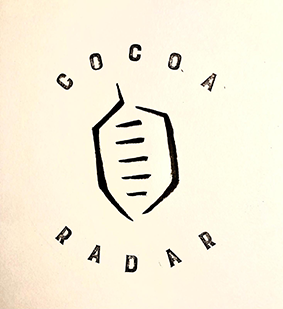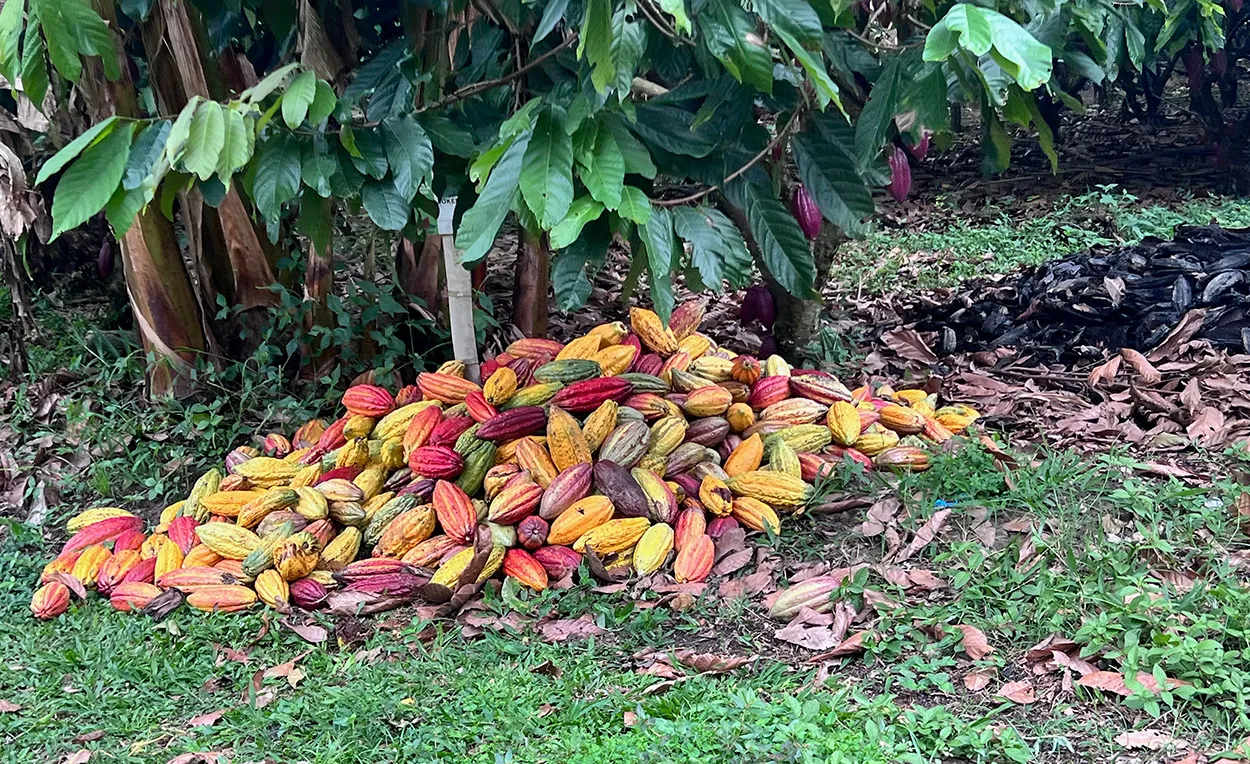They’ll dig into the most challenging question in regen ag right now: how to prove outcomes at scale—from soil health and biodiversity to farmer resilience and business performance.
Title: From promise to proof: verifying regenerative agriculture’s real impact
When: 6 November, 16:00 CET (live)
Hosts: Picterra × From the Desk of CocoaRadar
Speakers: Tony Myers (CocoaRadar); Luke Hopkins (Picterra); Carlotta Costa (Director of ESG, Dimitra Technology)
RSVP: LinkedIn event page
Regenerative agriculture is increasingly treated as a core sourcing strategy across commodities such as cocoa and coffee. The bottleneck is no longer intent—it’s verification: demonstrating that practices deliver measurable, independently verifiable results without creating new burdens for farmers. Tools like Geospatial AI (GeoAI) and remote sensing are moving centre stage to help companies verify land-use outcomes, deforestation risk, and compliance across vast supply bases.
“Farm-first verification” will be a major theme. Costa, who leads Dimitra’s ESG Compass, focuses on AI-enabled, field-level support—using mobile tools for agronomy insights, yield prediction, pest and disease diagnostics from leaf images, and pathways to carbon credits. Her role and remit underscore a broader shift to outcome data that’s usable by producers and finance teams alike.
Why Verification Matters in 2025
If, as widely expected, The EU Deforestation Regulation (EUDR) comes into force at the end of the year, it will require assurances that imports like cocoa and coffee are deforestation-free. Meanwhile, the Corporate Sustainability Reporting Directive (CSRD) expands disclosures on environmental impacts, and the Corporate Sustainability Due Diligence Directive (CSDDD) formalizes value-chain due diligence. Together, these files push companies from “claims” to auditable evidence.
This compliance shift is landing amid a broader market pivot from “do less harm” sustainability toward supply-chain resilience—protecting yields and de-risking procurement as climate shocks intensify. That shift was widely discussed at the Regenerative Agriculture & Food Systems Summit Europe 2025 in Amsterdam (8–10 September), where sessions emphasised breaking the pilot cycle, financing multi-year transitions, and scaling outcome-based MRV/DMRV.
The Debate: Who Benefits from MRV?
Post-summit commentary highlighted tensions: if measurement, monitoring, reporting and verification (MRV/DMRV) is designed mainly for corporate compliance, it risks becoming a cost centre for farmers; if co-designed, it can unlock finance, reward outcomes, and accelerate adoption. Civil-society groups in Amsterdam also challenged what they view as the ‘co-option' of regeneration by large sponsors—an optics risk brands will need to manage.
Background Reading
- GeoAI for deforestation-free sourcing: Picterra on using satellite data and automation to verify land-use outcomes at scale.
- Bonus for live attendees: A one-pager on verifying regenerative agriculture with GeoAI, plus details on how to redeem a complimentary verification consultation with a Picterra expert.
- Attend on LinkedIn →

